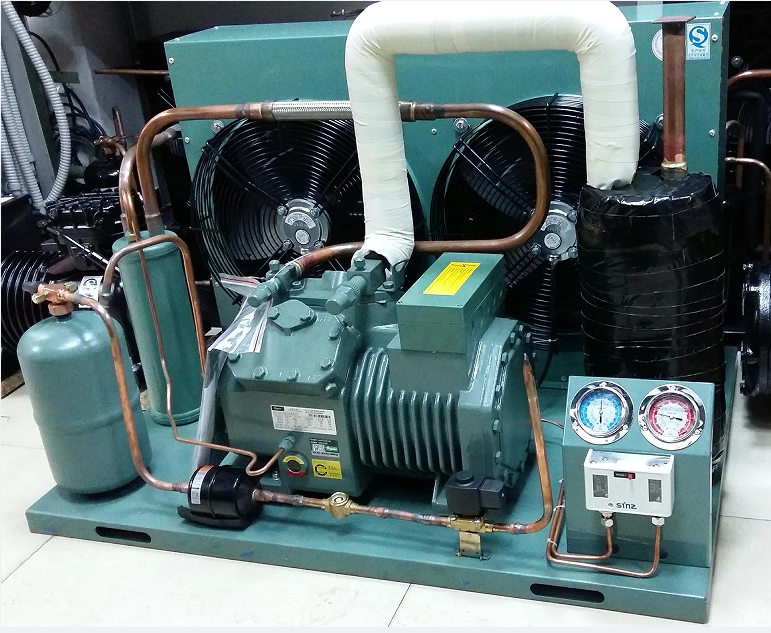Cost-effective Solutions for Vegetable Cold Storage and Preservation Techniques
The Cost of Cold Storage for Vegetables An In-Depth Analysis
Cold storage plays a pivotal role in the agricultural supply chain, particularly when it comes to preserving the freshness of vegetables. As the global demand for fresh produce continues to rise, understanding the costs associated with cold storage becomes increasingly vital for farmers, distributors, and retailers. This article will examine the various factors that influence the costs of cold storage for vegetables, potential savings, and ways to optimize the use of cold storage facilities.
Understanding Cold Storage
Cold storage refers to the method of storing perishable goods, such as vegetables, in a controlled environment with lower temperatures to slow down spoilage and extend shelf life. Common technologies used in cold storage facilities include refrigerated warehouses, modular cold storage units, and cold chain logistics systems that maintain optimal temperatures during transportation.
Cost Factors in Cold Storage
1. Infrastructure Investment One of the primary costs associated with cold storage is the initial investment in infrastructure. Building or retrofitting a facility with advanced refrigeration systems can be expensive. This includes not only the physical structures but also the equipment necessary for temperature regulation and monitoring.
2. Operational Costs Once a cold storage facility is operational, ongoing costs such as electricity, maintenance, and labor add to the overall expenditure. Refrigeration systems typically consume a significant amount of energy, and fluctuations in energy prices can greatly impact operating costs.
3. Technology Adoption Incorporating new technologies, such as automated storage and retrieval systems or advanced monitoring solutions (IoT), can enhance efficiency but also increase initial costs. However, investing in technology often leads to long-term savings by optimizing energy use and reducing waste.
4. Location The geographic location of the cold storage facility influences costs significantly. Remote areas may face higher transportation costs for incoming goods and outgoing deliveries. Additionally, factors like local climate and proximity to key markets can affect the viability and cost-effectiveness of a cold storage facility.
5. Size and Capacity The size of the cold storage facility also has a bearing on costs. Larger facilities may benefit from economies of scale, while smaller units might have higher costs per unit stored. The right balance must be struck to ensure profitability.
Potential Savings from Cold Storage
While cold storage requires a significant financial commitment, the potential savings and benefits can outweigh these costs. By extending the shelf life of vegetables, producers can
cold storage for vegetables cost

- Reduce Waste A significant portion of vegetables spoil before they reach consumers
. Implementing cold storage can minimize this waste, allowing for a more sustainable use of resources.- Enhance Quality By keeping vegetables fresh for longer periods, cold storage can improve the overall quality of produce available to consumers. Higher quality often translates to better prices and increased customer satisfaction.
- Expand Market Reach Producers can distribute their products over longer distances and enter new markets, as cold storage mitigates the risk of spoilage during transportation.
Optimizing Cold Storage Use
To maximize the advantages of cold storage while managing costs, businesses should consider the following strategies
1. Regular Maintenance Conducting regular maintenance on refrigeration systems can prevent unexpected breakdowns and costly repairs, improving the longevity and efficiency of the equipment.
2. Energy Efficiency Programs Participating in energy efficiency programs can help reduce electricity costs, often providing financial incentives for adopting greener practices.
3. Data Analysis Utilizing data analytics can help facilities monitor performance and optimize storage practices. By analyzing temperature logs and energy consumption, businesses can identify areas for improvement.
4. Collaboration Collaborating with other producers or distributors to share cold storage facilities can spread costs and maximize usage, making it a more economically viable option for smaller operators.
Conclusion
The cost of cold storage for vegetables is influenced by multiple factors, including infrastructure, operational expenses, technology, and location. While the investment can be substantial, the potential savings from reduced waste, improved quality, and expanded market opportunities make cold storage an essential component of the agricultural supply chain. By optimizing the use of cold storage and continually seeking efficiencies, businesses can achieve both economic and environmental advantages, ensuring that fresh vegetables reach consumers in the best possible condition.
















































































































